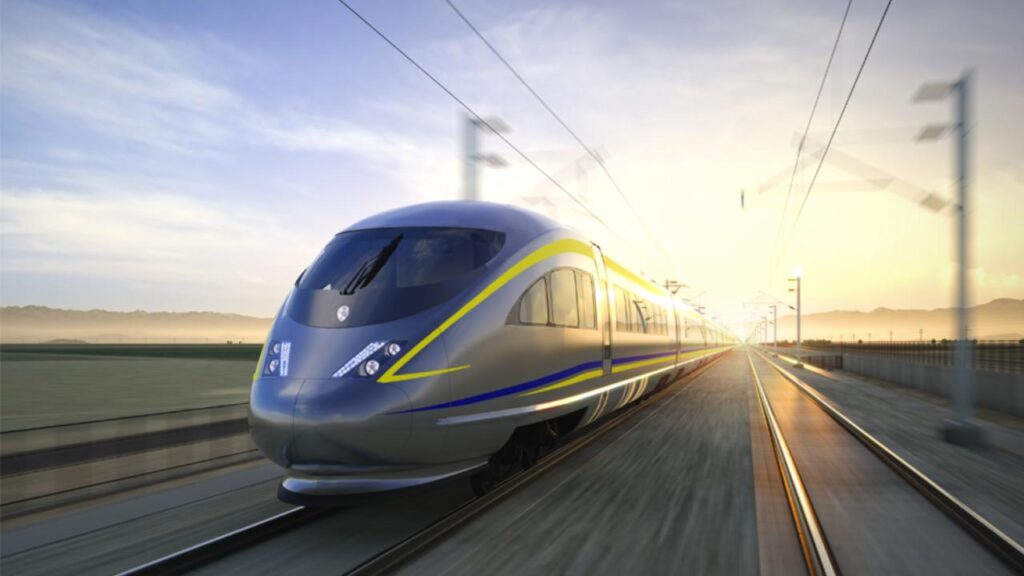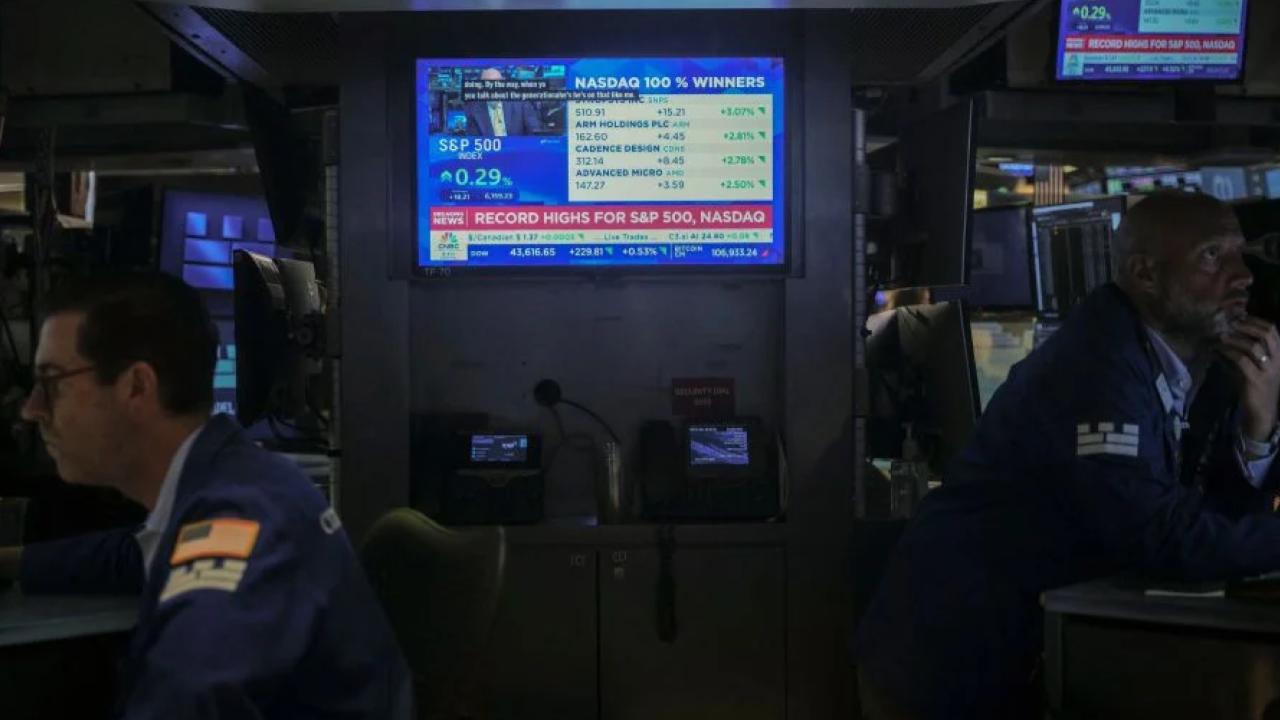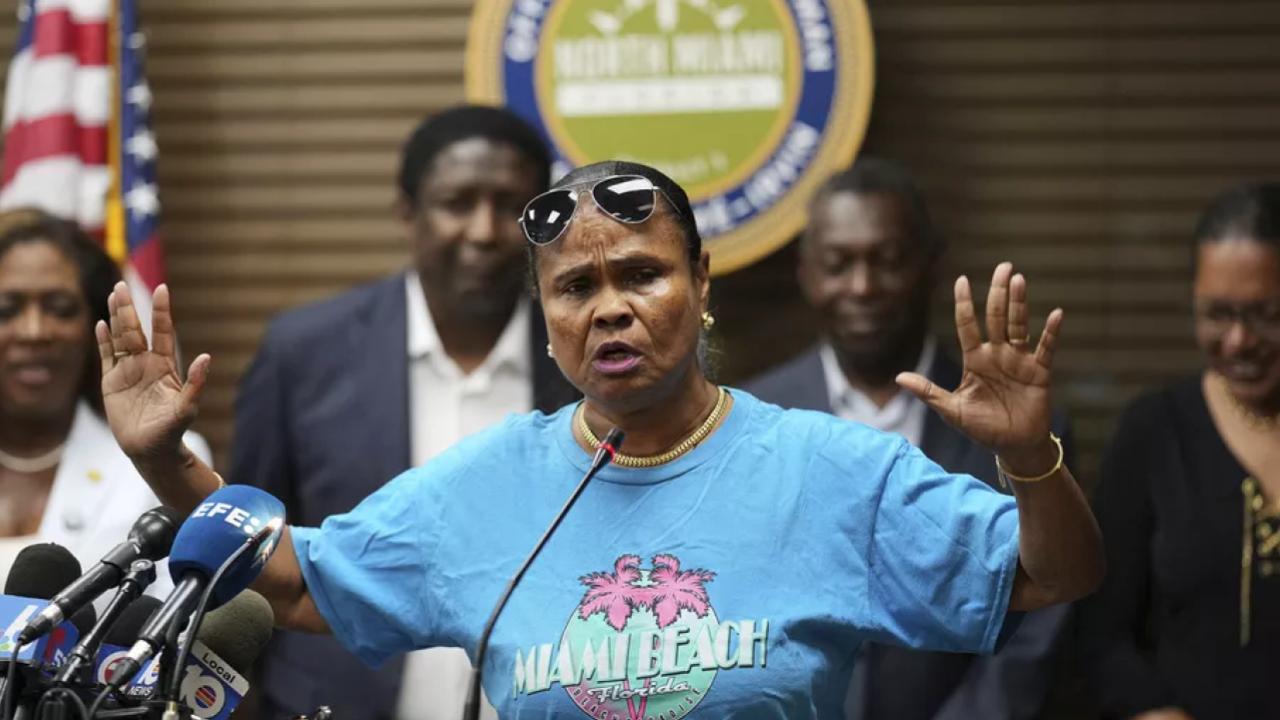If you’ve been keeping an eye on California’s ambitious high-speed rail project, buckle up—because the ride just got bumpier. The California High-Speed Rail Authority (CHSRA) just dropped some heavy news: the project’s estimated cost has jumped by a staggering $10.2 billion, bringing the total budget for the Central Valley section to nearly $38.5 billion. That’s right, folks—we’re talking billions, not millions.

This spike in costs isn’t just pocket change—it could make or break the future of America’s first true bullet train. So what’s going on? Why is California’s shiny high-speed dream turning into a budgetary nightmare? And most importantly, what’s next?
California’s High-Speed Rail Faces a $10.2 Billion Disaster
| Topic | Details |
|---|---|
| Project Name | California High-Speed Rail (Bakersfield to Merced segment) |
| Original Budget | $35.3 billion |
| Updated Cost Estimate | Up to $38.5 billion |
| Cost Overrun | $10.2 billion |
| Current Funding Plan | Annual $1B from cap-and-trade funds (proposed) |
| Federal Funds at Risk | $4 billion under threat from federal scrutiny |
| Private Investment | CHSRA exploring private capital with repayment guarantees |
| Project Scope | 171-mile high-speed rail line in Central Valley |
The California High-Speed Rail is facing the ultimate test. A $10.2 billion budget gap might derail most projects—but this one still has fuel in the tank. With smart financial planning, public transparency, and maybe a little political goodwill, this dream can still be realized.
But make no mistake: the choices made in the next 12 months will decide if California becomes the first U.S. state with a true bullet train—or if it ends up with a billion-dollar bridge to nowhere.
What is the California High-Speed Rail Project All About?
Let’s start from the top. The California High-Speed Rail was approved by voters back in 2008 with the dream of connecting San Francisco to Los Angeles in under three hours—on a sleek, electric train zipping at speeds over 200 mph. Think of it like Japan’s Shinkansen or France’s TGV, but California-style.
The first phase? A 171-mile segment from Merced to Bakersfield, expected to serve as the backbone of the future network. But like many mega-projects in the U.S., this train is running behind schedule and way over budget.
What Caused the $10.2 Billion Cost Overrun?
We’re not talking about a small miscalculation here. The price hike from $35.3 billion to $38.5 billion is caused by a mix of issues, including:
1. Inflation & Material Costs
Since 2020, inflation has driven up the cost of steel, concrete, labor, and fuel. With a massive infrastructure project like this, every percentage increase can mean millions more.
2. Design Modifications
Changes to comply with safety, environmental, and engineering standards have led to new tunnels, viaducts, and reroutes—each with a hefty price tag.
3. Delays & Legal Battles
Land acquisition issues, lawsuits from local stakeholders, and environmental permit challenges have slowed construction and added to costs.
4. Limited Federal Support
The Biden administration initially supported the project, but former President Donald Trump has threatened to pull $4 billion in federal funds, citing concerns about mismanagement.
Newsom’s $1 Billion Plan – Can It Save the Train?
Governor Gavin Newsom wants to plug the gap using $1 billion a year from the state’s cap-and-trade climate fund—money collected from industries to reduce carbon emissions.
Sounds solid, right? Well, not exactly.
Experts warn that this fund is shrinking and not guaranteed to keep producing enough revenue in the long term. So while it might slow the bleeding, it may not be enough to finish the job without private or federal backing.
Will Private Investors Step In?
Enter Ian Choudri, the new CEO of CHSRA, who’s taking a Wall Street approach. His plan? Offer repayment guarantees to attract private capital. If successful, this would mean investment firms, pension funds, or banks could fund parts of the project in exchange for long-term returns.
But there’s a catch: private investors want assurances, transparency, and ROI. And let’s be honest, given the project’s track record, that’s a tough sell.
Voices of Support – and Dissent
It’s not just a financial issue—it’s a political battlefield. State Senator Tony Strickland and other critics argue the project is a “boondoggle”—a fancy way of saying it’s a waste of taxpayer money.
Supporters, however, see this as a once-in-a-generation investment in green transit, job creation, and infrastructure renewal.
“If we kill the project now, we’re tossing away everything we’ve built,” says climate advocate Angela Morales. “And we still need a fast, eco-friendly way to travel across California.”
How Much Has Been Done So Far?
Here’s the part folks don’t always hear about: construction is happening. According to the CHSRA, over 119 miles of track-related construction are already underway. Bridges, tunnels, and stations are being built as we speak. Around 10,000 jobs have been created in the process. So while the costs are scary, it’s not like we’re starting from scratch.
What’s Next for the California High-Speed Rail Project?
The CHSRA is preparing a comprehensive project update this summer. This will include revised timelines, updated budgets, and a clearer funding plan moving forward.
But here’s what needs to happen now:
1. Transparent Budgeting
Officials must provide realistic cost estimates and stop sugar-coating timelines.
2. Federal Re-engagement
California needs to get back in good standing with federal transportation authorities to unlock matching grants and infrastructure packages.
3. Local Coordination
Local governments, utility companies, and landowners must be aligned to prevent future delays.
4. Public Communication
Let’s face it, folks are frustrated. Clear communication will be key to maintaining support.
Why This Still Matters
Yeah, it’s expensive. Yeah, it’s complicated. But here’s why this high-speed rail matters more than ever:
- Climate Change: Trains use less energy and emit far less carbon than planes or cars.
- Population Growth: California is projected to hit 50 million people by 2050. We need better transit.
- Job Creation: Thousands of high-paying jobs are being generated across multiple counties.
- Modernization: The U.S. is way behind Europe and Asia in rail infrastructure. It’s time to catch up.
FAQs – California High-Speed Rail
Q1. Is the California High-Speed Rail project canceled?
Nope! While it’s facing financial and political hurdles, the project is very much alive and under construction.
Q2. How fast will the trains go?
The trains are designed to reach speeds of over 220 mph, reducing travel time between major cities significantly.
Q3. When will the Central Valley segment be completed?
As of now, the target is 2030, but this could change depending on funding and construction delays.
Q4. Why not just build highways instead?
More highways mean more emissions and traffic congestion. High-speed rail is cleaner, faster, and more sustainable.
Q5. Can the project get more federal support?
Potentially yes, especially if California can show progress and strong financial planning in its next federal applications.






